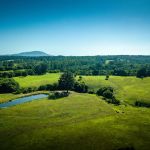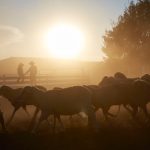Farmers east of the Great Divide have their first real whisper of possible change to…
Harvestable Rights – farmers get to store more rain
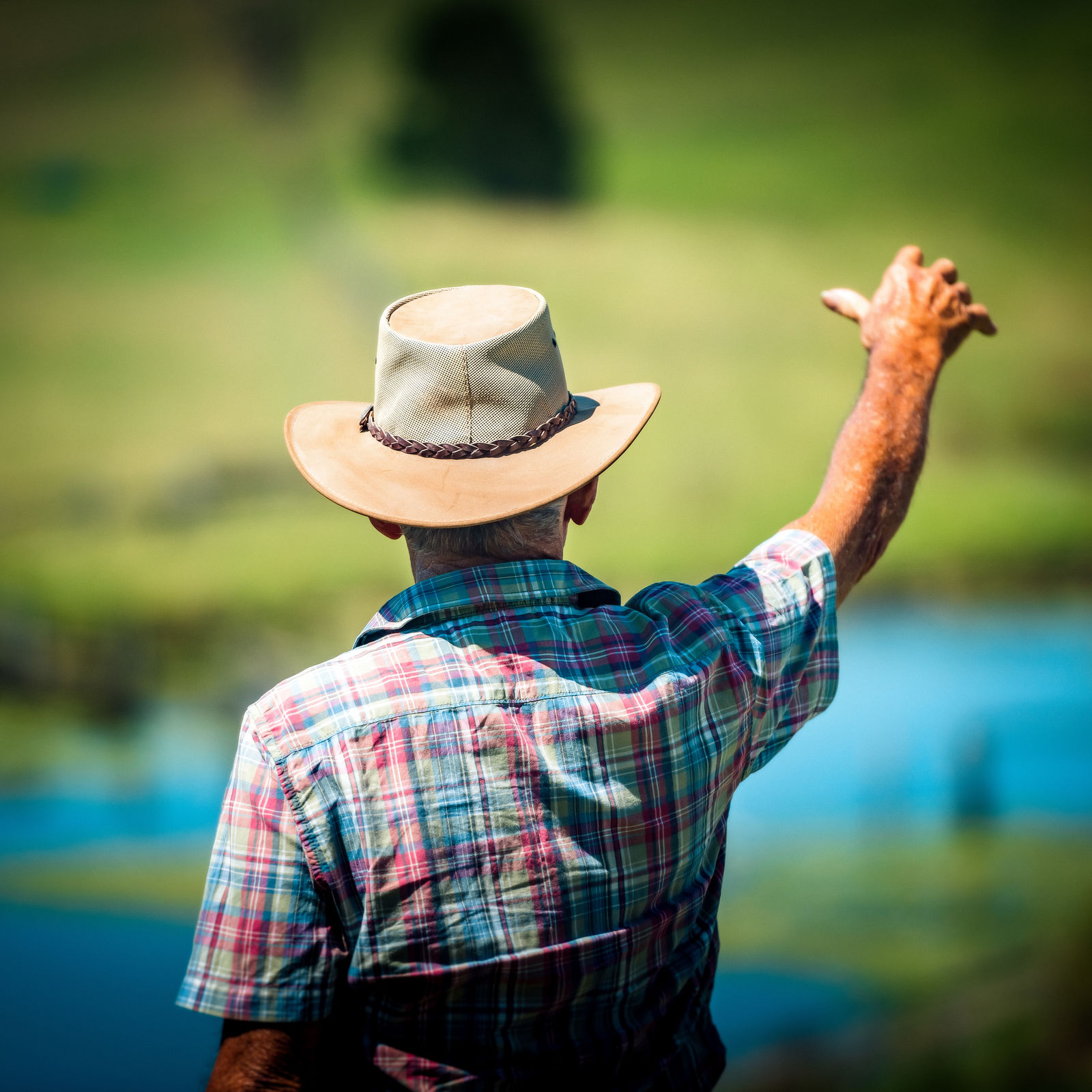
Minister for Water Melinda Pavey has announced that Coastal Harvestable Rights (CHR) will increase from 10 per cent to 30 per cent for beef and dairy farmers.
The long-awaited reform stems from a decade-old bid from the NSW Farmers Kempsey and Nambucca River branches to allow farmers on the coast to capture more rain.
As reported in the September-October edition of The Farmer magazine, farmers on the coast are allowed to collect 10 per cent of the average annual rainfall run-off from their property in farm dams without the need for a water access licence, water supply work approval or water use approval.
Minister Pavey said the changes announced last week would improve water security for property owners and assist with reducing bushfire risk for coastal towns.
“For our farmers on the coast this is just common sense for our communities. The increase came after the NSW Government undertook a long overdue review which included hydrological modelling and broad community consultation.”
Minister for Water, Melinda Pavey.
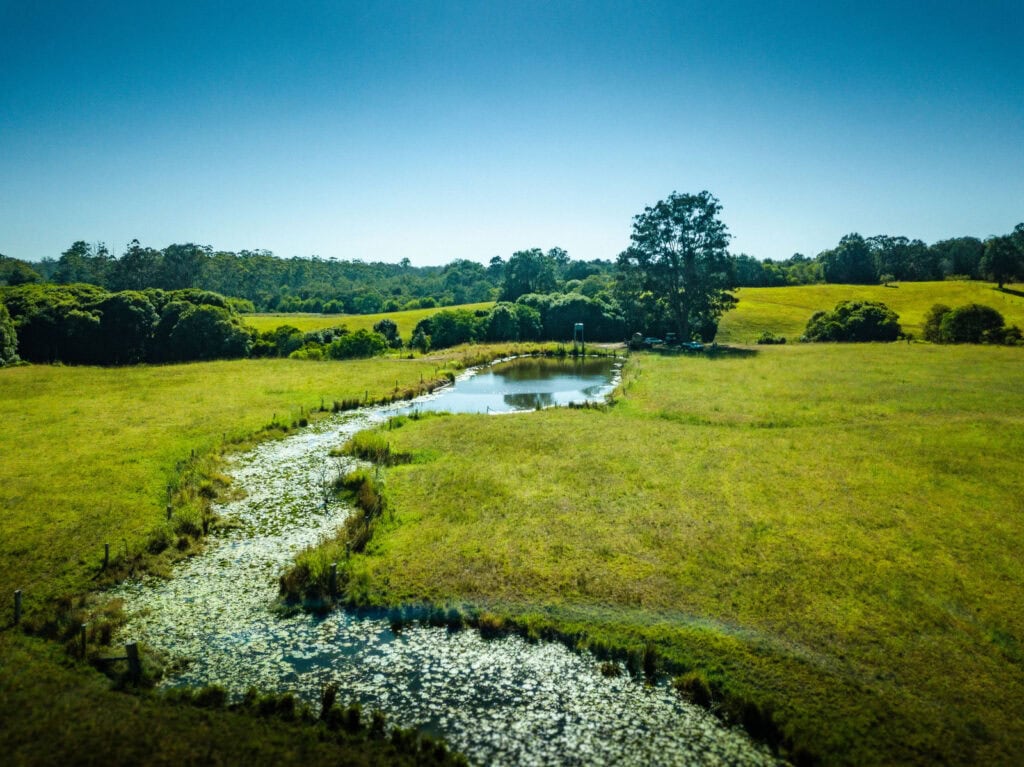
Not all coastal farmers, however, are happy with the proposed CHR reforms with horticultural producers missing out on the increase due to be classed as an intensive agriculture. There is also some uncertainty about how it will apply to mixed farming operations.
Under the first phase of the reforms, Water captured under the increased harvestable right may only be used for domestic and stock use and extensive agriculture.
NSW Farmers Dairy Committee chair Colin Thompson has welcomed the CHR increase, saying it’s a positive step forward for the NSW dairy industry.
“There are real gains to be achieved in terms of increased productivity and economic activity, but also regional development with a more informed use of available water in coastal catchments,” Mr Thompson said.
Mr Thompson said there would also be drought resilience benefits for dairy farmers.
“It doesn’t take in everyone yet, which is disappointing for some, but we are looking forward to phase 2 of this reform which should deliver more opportunity for agriculture in a sustainable and beneficial way,” Mr Thompson said.
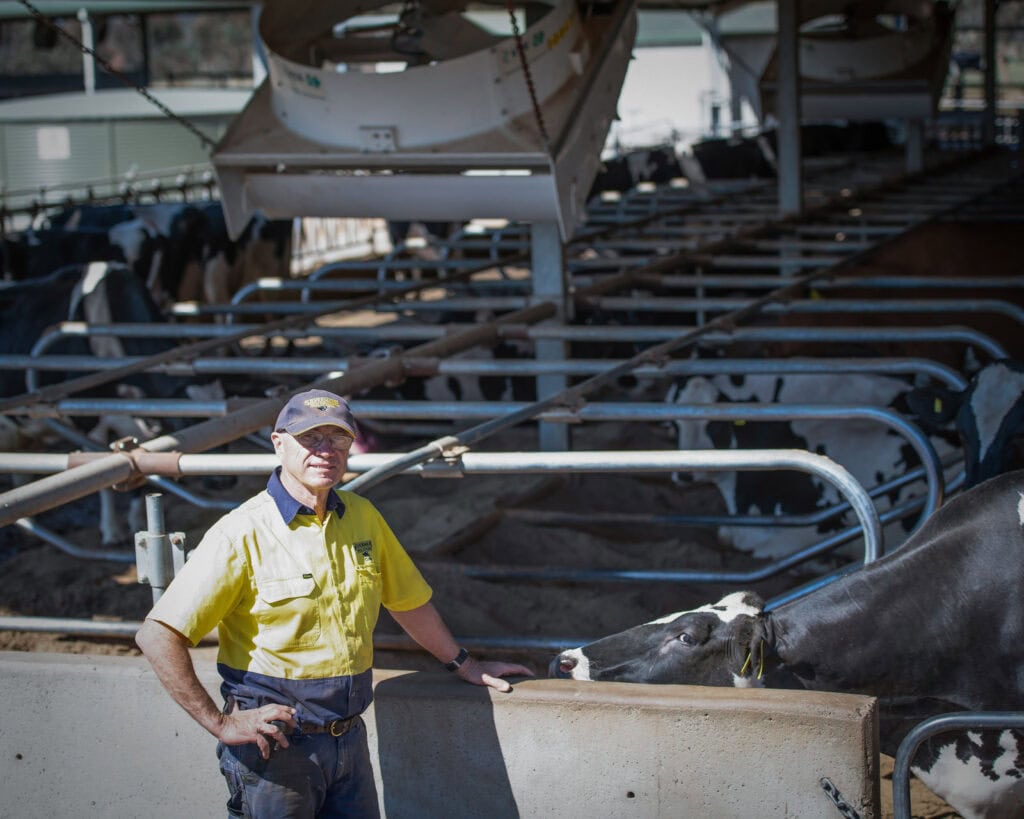
“We definitely support further work to implement a stepped approach to increasing this water take for other industries once they’ve done that further analysis.”
The new rules will only be allowed on first or second-order streams and will come into effect in early 2022 and will be monitored by the Natural Resources Access Regulator.
Horticulture sector misses out
Minister Pavey’s announcement has two phases for the CHR increase. Phase 1 will allow water users in domestic and stock use, irrigation of pasture crops and for storage for firefighting to increase their right to 30 per cent from 10 per cent.
Phase 2 will examine the sustainability of the increase in valleys prior to the increase to 30 per cent and examine whether to intensive plant agriculture such as horticulture and intensive livestock operations.
“It is a great shame the first phase of this new policy won’t allow greater harvestable rights for horticultural producers,” says Coffs Harbour branch chair and banana and avocado grower Paul Shoker.
“I don’t understand what more modelling and information they need to demonstrate that an increase is sustainable for fruit and vegetable growers.”
Coffs Harbour banana and avocado grower Paul Shoker
“Horticultural producers generate greater economic benefits from their water and water use is often more efficient.”
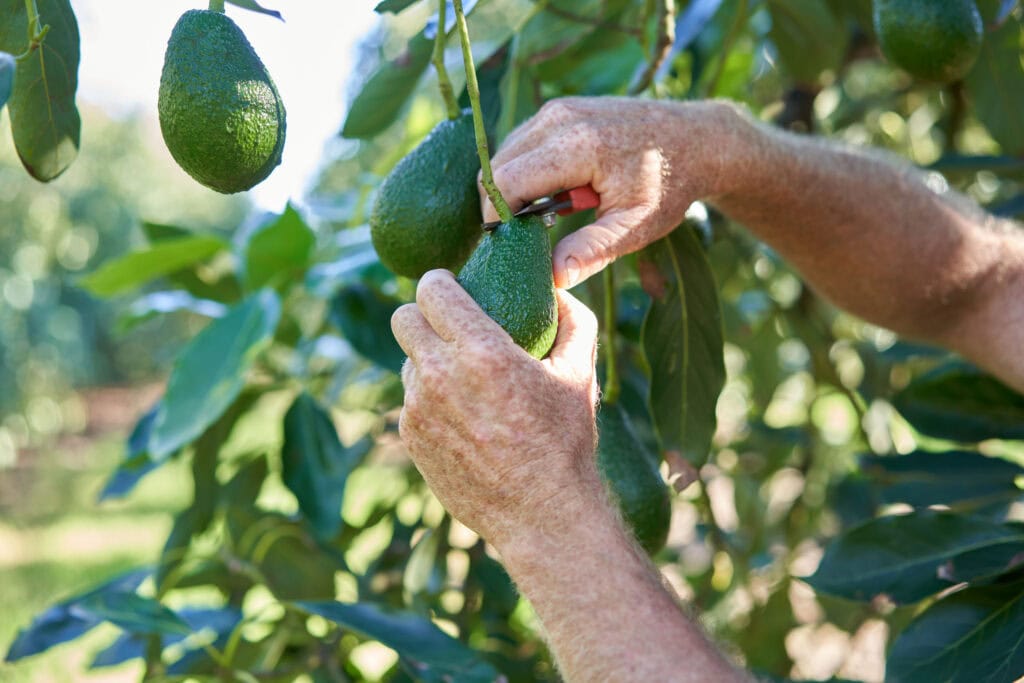
Paul said he knew of a number of farmers who were holding out for a CHR increase to expand local food production.
“With the high land prices in our region, there is a trend towards more intensive horticulture to supply the food we need. We do get high rainfall here, but the coast also experiences drought and horticultural producers need certainty in water supply.”
Northern Rivers sugar cane and cattle farmer David Clift said it is uncertain how phase 1 of the reforms will apply to mixed farming operations.
David is well versed on the topic of coastal water management. For more than three decades, he has represented the Richmond River Water User Group on countless reviews of coastal water plans.
“It is very common for coastal farms to include stock and intensive agriculture such as nuts, berries, tea tree, and free-range chickens,” David said.
“Currently a 10 per cent harvestable right dam can be used for watering any crop. Now the additional 20 per cent that has been announced can only be used to water for beef or dairy. How is that practical and how is that going to be monitored?”
“Many farmers need answers to this immediately to determine whether their farming enterprise will be compliant. I would encourage farmers with mixed operations to check with their WaterNSW licensing officer for a determination on how much water they can legally point.”
David said increasing the harvestable right is not just about increasing food production and drought resilience.
“Farm dams can and do complement habitat areas, not only providing corridors but also breeding grounds. Our own farm dam is listed as a major site for local bird watchers, and we encourage them to visit. “
“Farm dams are also a highly important water source for the Rural Fire Service, as experienced in the recent catastrophic bushfires.”
Every drop does count when irrigating crops like avocadoes. Read more here


